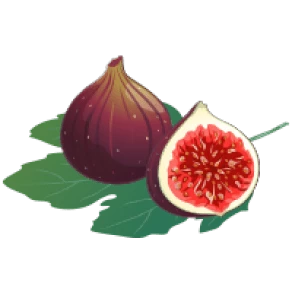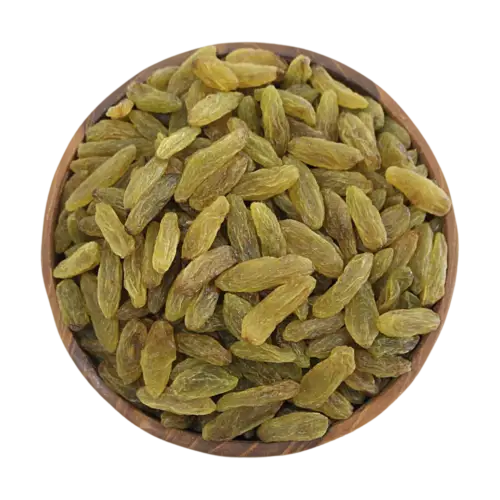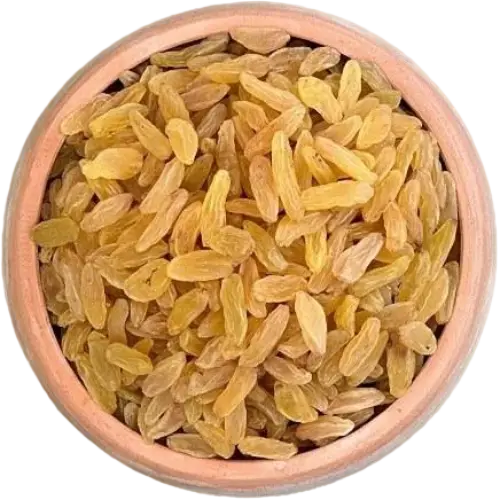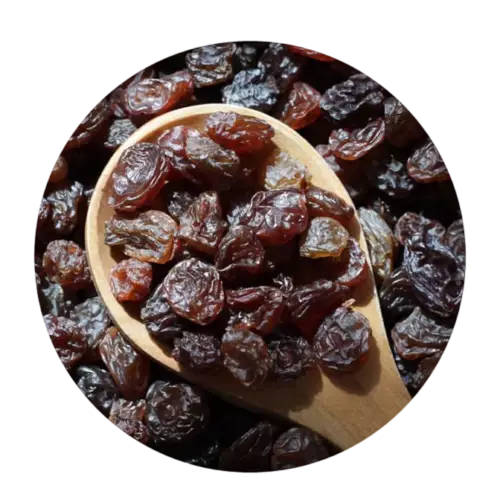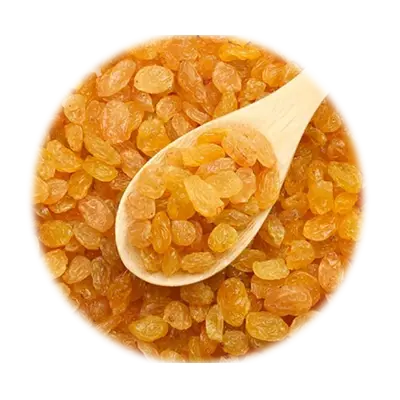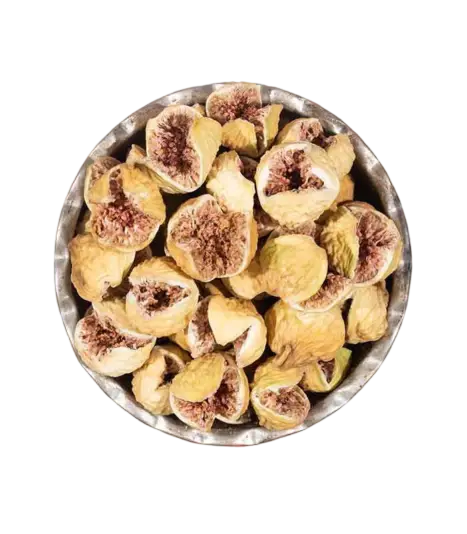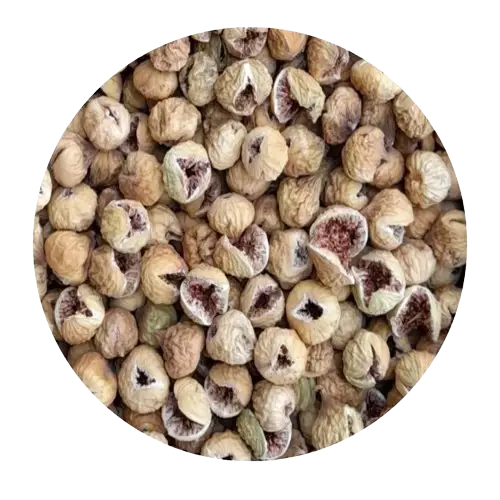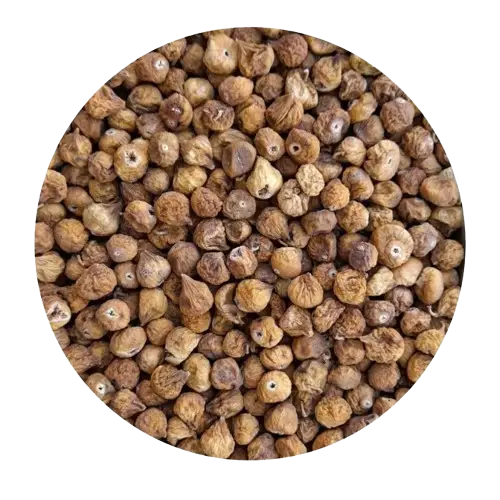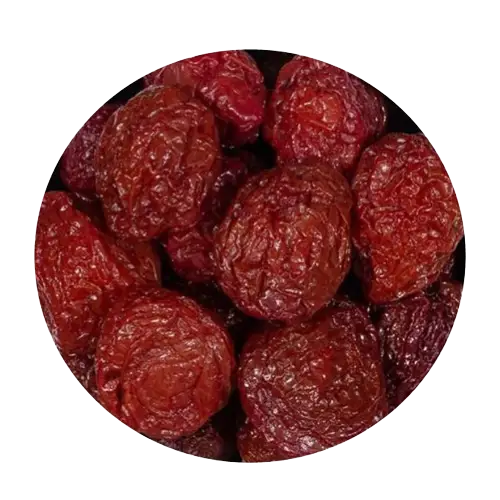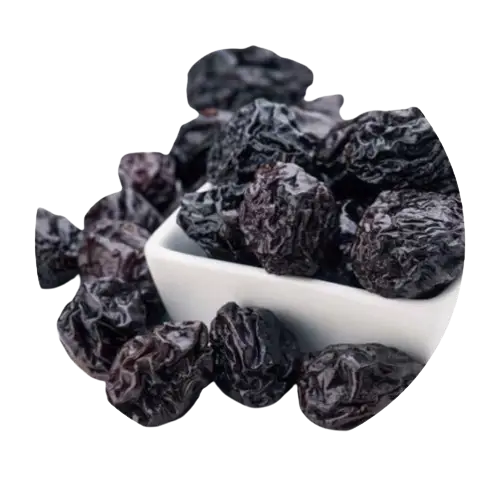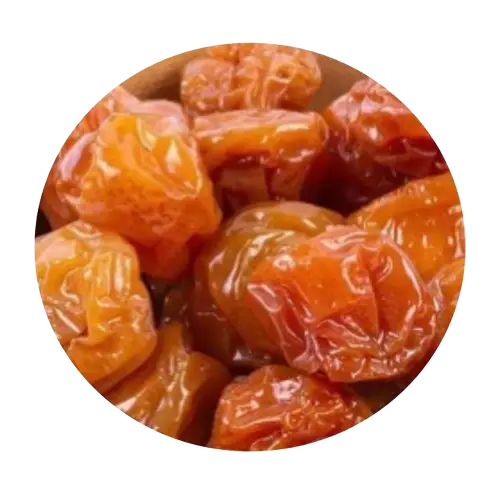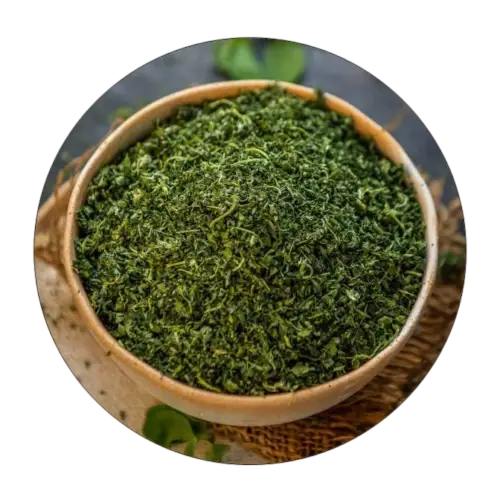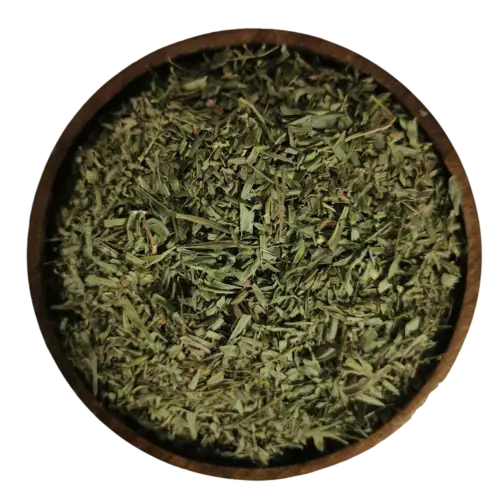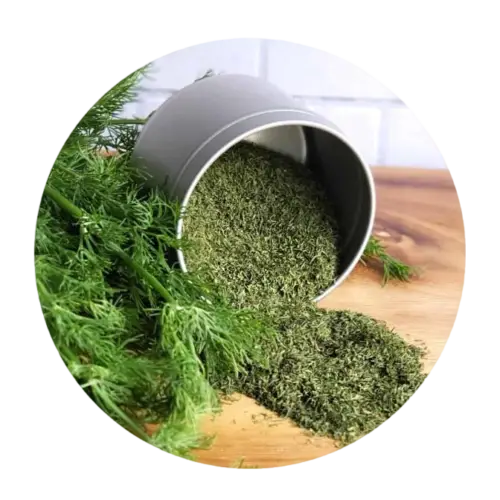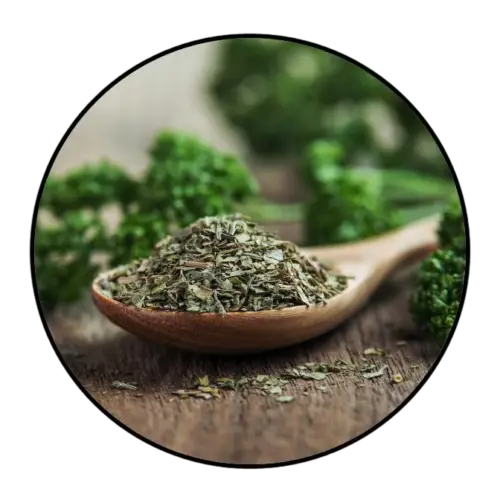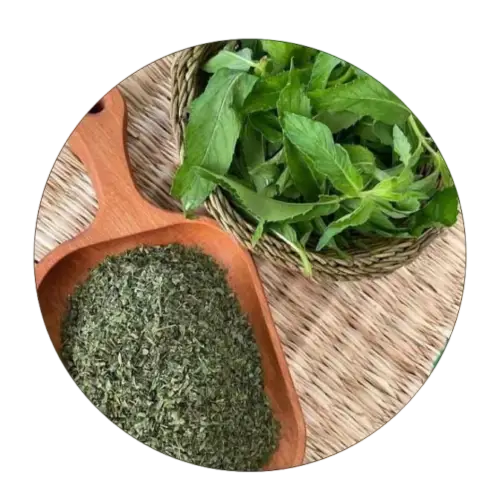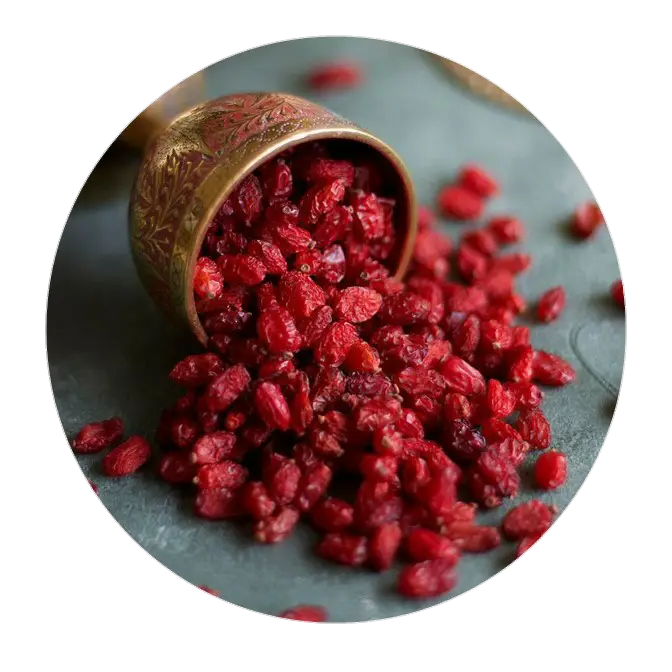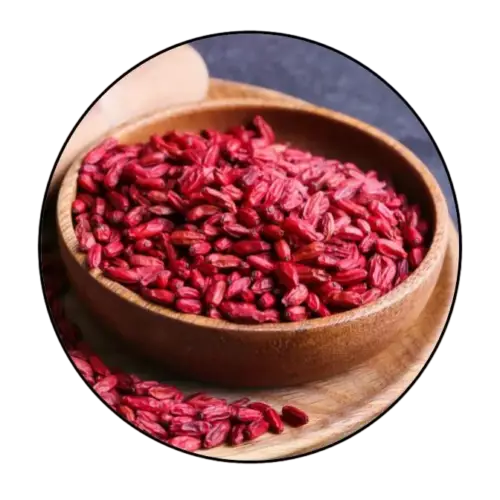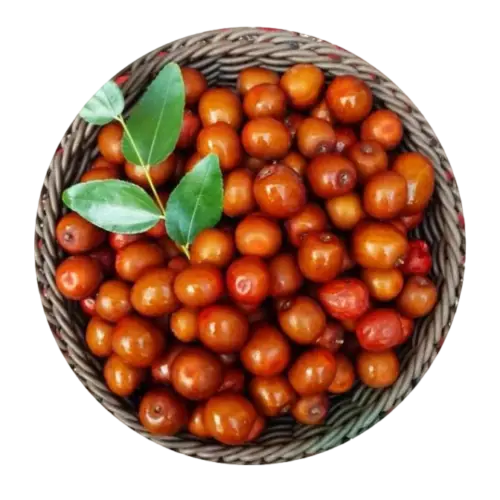Buy Sultana Raisins | 100% Fresh with the Best Price
If you are looking to buy sultana raisins from malayer in hamedan province, Iran, AriaExport is your trusted supplier and exporter. with over three decades of experience in exporting Iranian agricultural products, we provide top quality services to our customers. our products are shipped to countries across Asia, Europe, America, and Africa in the shortest possible time. Stay with us to learn more about the price and purchase of sultana raisins.
Buy Sultana Raisins
Sultana raisins, a top quality product from Iran, specifically from Hamedan province and Malayer city, are simply dried seedless grapes, known as Thompson grapes in Europe and the Americas. unlike regular raisins or currants, sultana raisins are seedless, with a sweet, mild flavor and a light color. They offer many health benefits, such as improving digestion, providing antioxidants, supporting heart health, strengthening bones, treating anemia, and serving as a great source of natural energy due to their natural sugars.
If you want to learn more about this product, you can read our article on "Sultana Raisins."
If you are looking to buy sultana raisins at wholesale prices, Aria Export is here to help. AriaExport is a well known name in the supply and export of agricultural products from Iran, delivering a wide range of products worldwide.
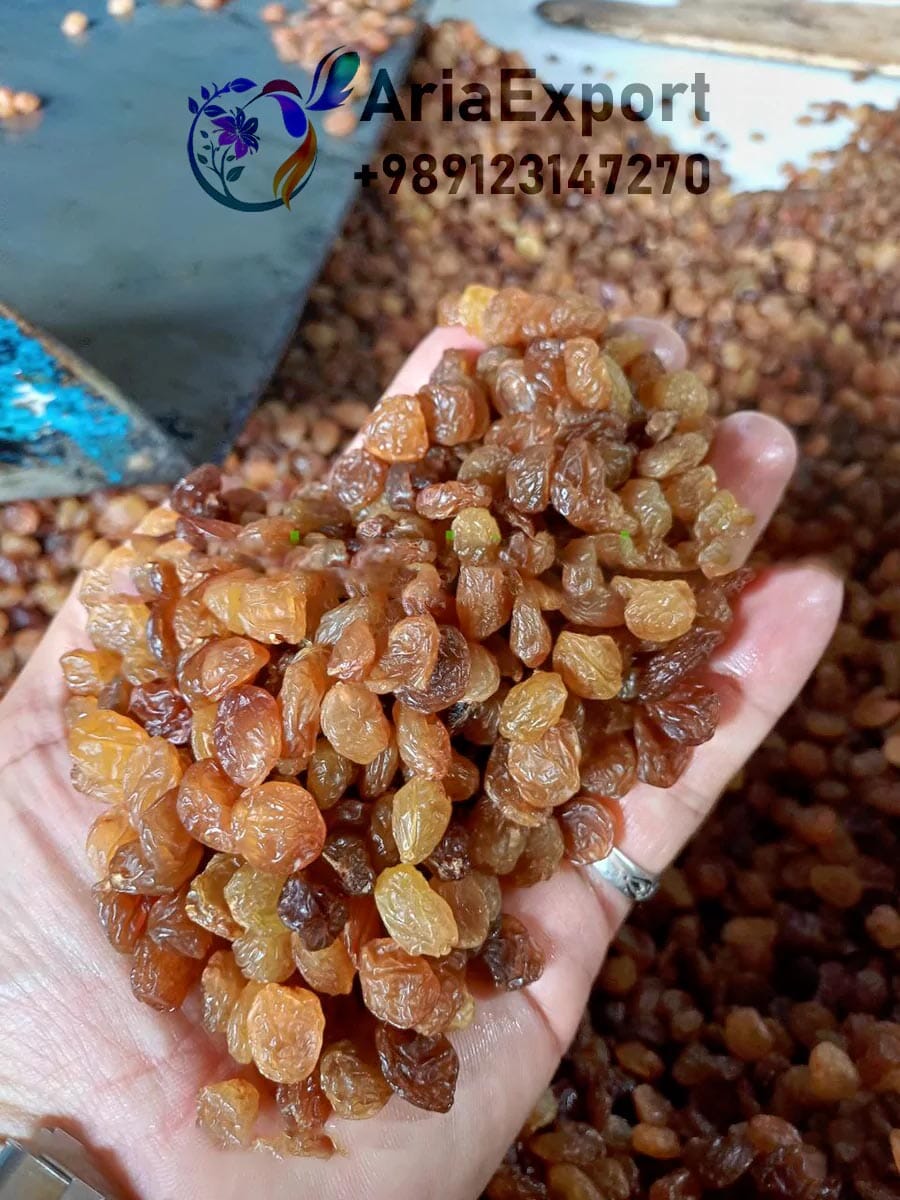
Sultana raisins price
As the primary supplier of this product directly from Iran's farms and orchards, we offer the best and most competitive wholesale prices. when purchasing sultana raisins, be cautious not to buy grade 2 or 3 products. While they may be offered at lower prices, they lack the necessary quality.
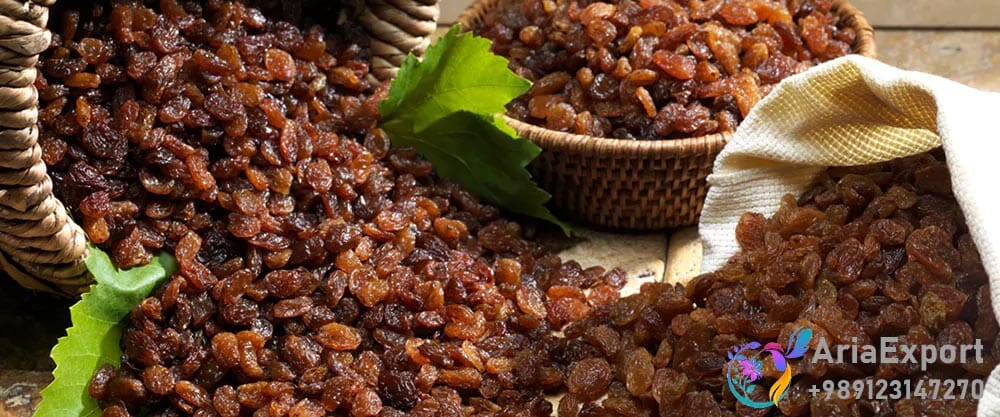
Sultana raisins Classification:
Sultana Raisin Classification | |
Classification | Quantity per 100 grams |
Large | Less than 300 |
Medium | 301 to 360 pieces |
Small | More than 360 |
Sultana raisins Technical Specifications:
Sultana Raisin Technical Specifications | |||
No. | Characteristics | Unit | Measurement Limit |
1 | Taste and Smell | - | Natural |
2 | Impurity | - | Negative |
3 | The Effect of Mold | - | Negative |
4 | Insect Damage | - | Negative |
5 | Foreign Material | - | Negative |
6 | Pest Infestation | - | Negative |
7 | The Remaining Amount of Sulfur Dioxide in Terms of SO2 | Weight percentage | Max 0.1 |
8 | Moisture | Weight percentage | Max 12 |
9 | Unripe Raisins | Weight percentage | Max 1 |
10 | Damaged Raisin | Weight percentage | Max 1 |
11 | Sugared Raisin | Weight percentage | Max 0.5 |
12 | Capstems Attached | Unit percentage | Max 1 |
13 | Capstems Free | - | Negative |
14 | Mixed Type | Unit percentage | Max 1 |
15 | Size Uniformity Test: Weigh 200 grams of the sample and count the number of seeds in it, divide the total weight of the test sample (200 grams) by the total number of green raisins in 200 grams, to get the average weight of the seeds. Get green raisins. Then, separate and weigh 5 of the smallest and 5 of the largest green raisins in 200 grams of the sample. Divide the resulting weights in each case by 5 to determine the average weight of the largest and smallest green raisins. Then compare the average weight of the smallest and largest cubes with the average weight of the cubes in 200 grams. If the difference between the average weight of the largest and smallest kernels and the average weight of the kernels is less than 0.3, the green raisin is uniform and uniform, otherwise the green raisin is non-uniform. | ||
Microbiology:
Microbiology of Sultana Raisin | ||
No. | Characteristics | Measurement Limit (CFU/g) |
1 | Total count of microorganisms | 104 |
2 | Coliforms | 102 |
3 | Mold | 5*102 |
4 | Yeast | 5*102 |
5 | Escherichia coli | Negative |
Maximum tolerated level of Aflatoxin:
Maximum tolerated level of Aflatoxin (µg/kg) | ||||
No. | Product Name | Aflatoxins | ||
B1 | Total B1+B2+G1+G2 | M1 | ||
1 | Sultana Raisin | 8 | 10 | - |
Sultana Raisins Packaging Information:
No. | Product Name | Package Type | Net weight of each package (kg) | Container Type | Number of packages per container | Net weight per container (kg) |
1 | Sultana Raisin | Carton | 5 | 20’ | 2,400 | 10,000 |
2 | Carton | 5 | 40’ | 5,000 | 20,000 | |
3 | Carton | 10 | 20’ | 1,100 | 11,000 | |
4 | Carton | 10 | 40’ | 2,200 | 22,000 | |
5 | Carton | 12.5 | 20’ | 960 | 12,000 | |
6 | Carton | 12.5 | 40’ | 1,920 | 22,000 |

Storage Conditions: Sultana Raisin should be stored in a dry and cool place. The suitable storage temperature for storing Sultana Raisin is between 0 and 10 degrees Celsius. If stored in proper conditions, it can be stored for 12 months.
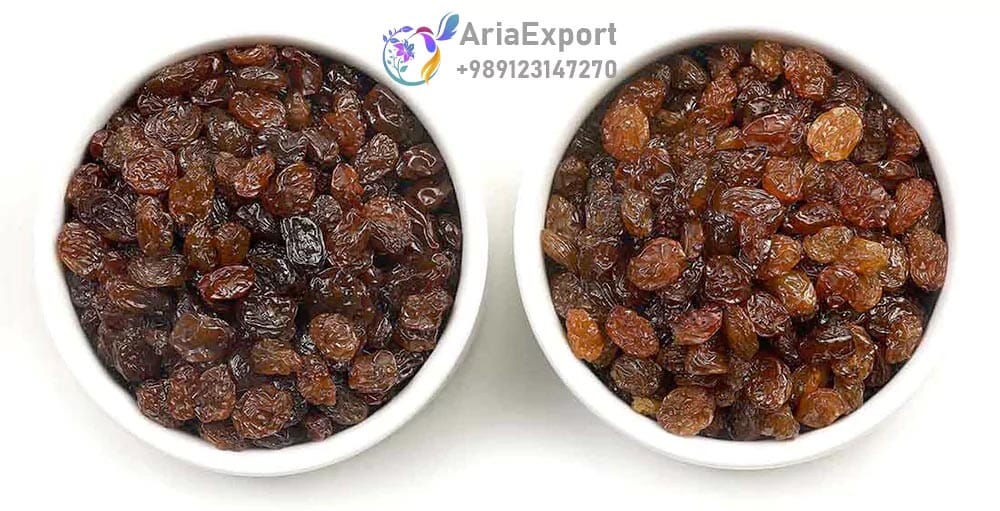
Certifications:
- Iran National Standards Organization
- Iran Plant Protection Organization
- Standard of Good Agricultural Practices
- Organic Agricultural Products Certification
- physical, chemical and microbial analyzes from the most reliable laboratories
- HACCP
- ISO
- FSSC
- IFS
- SGS
- BRC

Pesticide Residues:
The residual amount of pesticides should be according to the European standard BS:EN 15662.
Further Details 1
Ochratoxin, aflatoxin and pesticide residue tests can be performed upon the request of the buyer or destination country.
| Serving Size | 100g |
|---|---|
| Calories | 325 |
| Total Fat 0g | 0% |
| Total Carbohydrate 78g | 28% |
| Dietary Fiber 2.5g | 9% |
| Protein 2.5g | 5% |
| Iron 2.7mg | 15% |
| Calcium 50mg | 4% |
